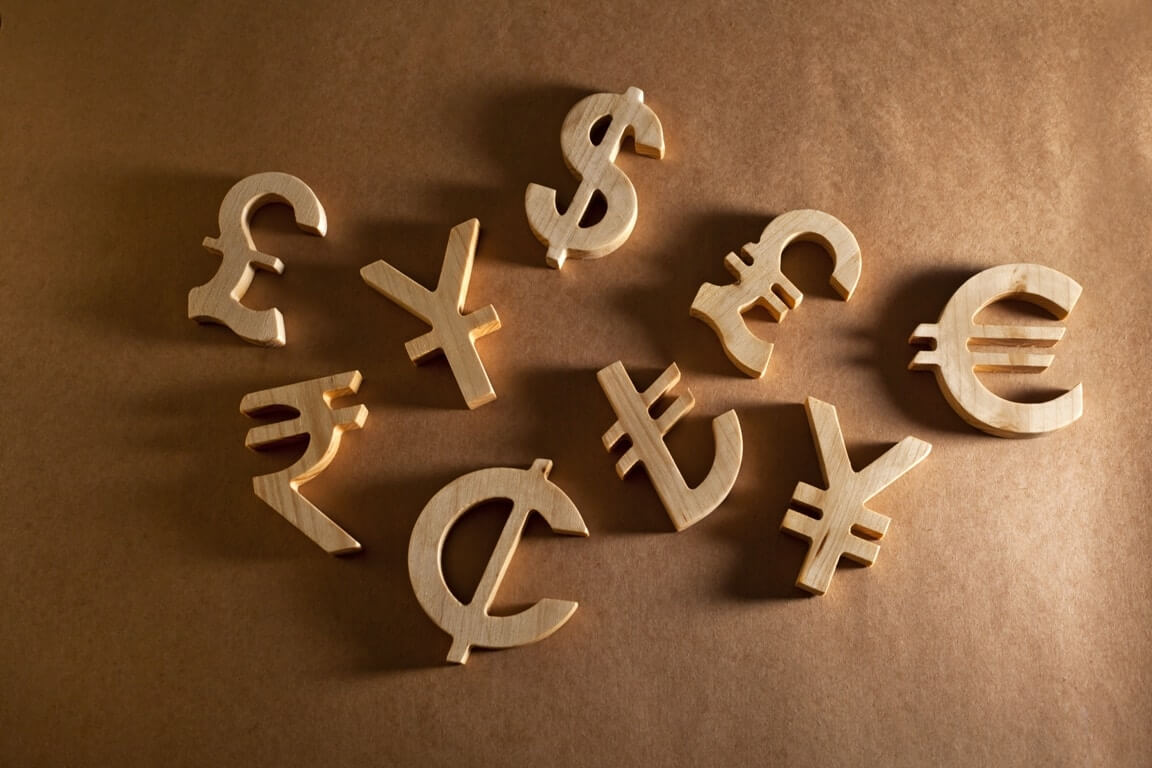Swedish crown hit a new high while Euro ended in the red

The Swedish crown hit a new high while Euro ended in the red
The Swedish crown rallied on Thursday versus the Euro. As investors expected, Sweden’s central bank raised its benchmark interest rate by 50 basis points. The common currency flattened against most peers. It traded close to a 2015-low against the Swiss franc and near a two-week low versus the U.S. dollar. Safe-haven demand on renewed concerns about higher rates and a global recession pushed the Euro lower.
Overall, the Swedish crown gained 0.1% against the Euro at 10.6810 at 0830 GMT. However, it had briefly jumped by 0.4% against the single currency to 10.6410 following Sweden’s Riksbanken rate increase to 0.75%.
The kneejerk reaction on SEK-crosses will likely fade. The Riksbank has already signaled more aggressive hikes during the rest of 2022 – noted Jesper Petersen, FX analyst at Danske Bank. He also added that from 2023 and beyond, the new rate path was somewhat lower than analysts expected the Riksbank to present today.
The Euro seemed set for its worst quarter against the greenback since the end of 2016, on track for a 5.6% quarterly decrease. It traded lower by 0.1% on the day versus the dollar at $1.0434 after shaving off 0.75% against the U.S. currency on Wednesday.
Moreover, the common currency also tumbled down to a fresh 7-1/2-year low against the safe-haven Swiss franc at 0.9964 francs on Thursday. The latter was still basking in the afterglow of the Swiss National Bank’s surprise rate increase two weeks ago.
What do the analysts expect from the ECB?
Rising concerns around recession in the euro area linked to the energy risk had strengthened safe-haven flows, especially amid worries that the European Central Bank would show more caution in its rate hike decisions – stated Jane Foley, the head of FX Strategy at Rabobank London. Besides, the window of opportunity for ECB rate increases could be short-lived. In that case, the single currency could be faced with fresh headwinds.
The ECB is expected to hike interest rates in July for the first time in a decade in an attempt to cool accelerating inflation. However, economists are still divided on the magnitude of any increase amid risks that a soaring cost of borrowing could damage the economy more.
French inflation skyrocketed to a record high of 6.5% in June, adding headwinds to the euro area’s second-biggest economy. ECB President Christine Lagarde and U.S. Federal Reserve Chair Jerome Powell spoke on Wednesday at the ECB’s annual conference in Sintra, Portugal. They declared that it was important to bring down inflation, even if it meant some economic pain.
Meanwhile, the dollar surged forward against other major currencies. On the other hand, the British Pound plummeted by 0.2% to $1.2149. This week, losses have left the Sterling set for a 3.6% monthly decrease.
The greenback exchanged hands just below a fresh 24-year high of 137 Japanese yen hit on Wednesday. The gap between a hawkish Fed and a dovish Bank of Japan still weighs heavily on the yen. The latter was trading at 136.1 yen at last.
How are the EM currencies faring?
All EM Asian currencies remained set for half-yearly losses on Thursday. The South Korean won suffered the most. Policy tightening by the U.S. central bank, along with fears over the global economic outlook, spurred selling in Asian assets. Overall, the won plunged by 8.4% so far this year. In addition, the Philippine peso and Indian rupee were on track to post half-yearly declines of 7.3% and 5.8%, respectively.
In the six months, emerging markets were battered by capital outflows due to the U.S. Federal Reserve starting its tightening cycle, as well as Russia’s invasion of Ukraine and soaring inflation from higher commodity prices.
China’s insistence on a zero-COVID-19 policy also supported selling as the country’s repeated imposition of various restrictions means a slower economic recovery for its economy.
Stephen Innes, the managing partner at SPI Asset Management, noted that the broader market needs some more convincing. He thinks traders still got this hesitancy in the back of their minds due to the ongoing zero coronavirus policy.
On Thursday, most Asian currencies decreased as more hawkish hints from the Fed, and China’s weaker-than-expected services and factory data kept a lid on investor sentiment. The Indonesian rupiah lowered by 0.3%. It was set to shave off 4.3% for the half-year. The Thai baht dropped by 0.2% and is on track to lose 5.4% this year.
The post Swedish crown hit a new high while Euro ended in the red appeared first on FinanceBrokerage.
0 Response to "Swedish crown hit a new high while Euro ended in the red"
Post a Comment